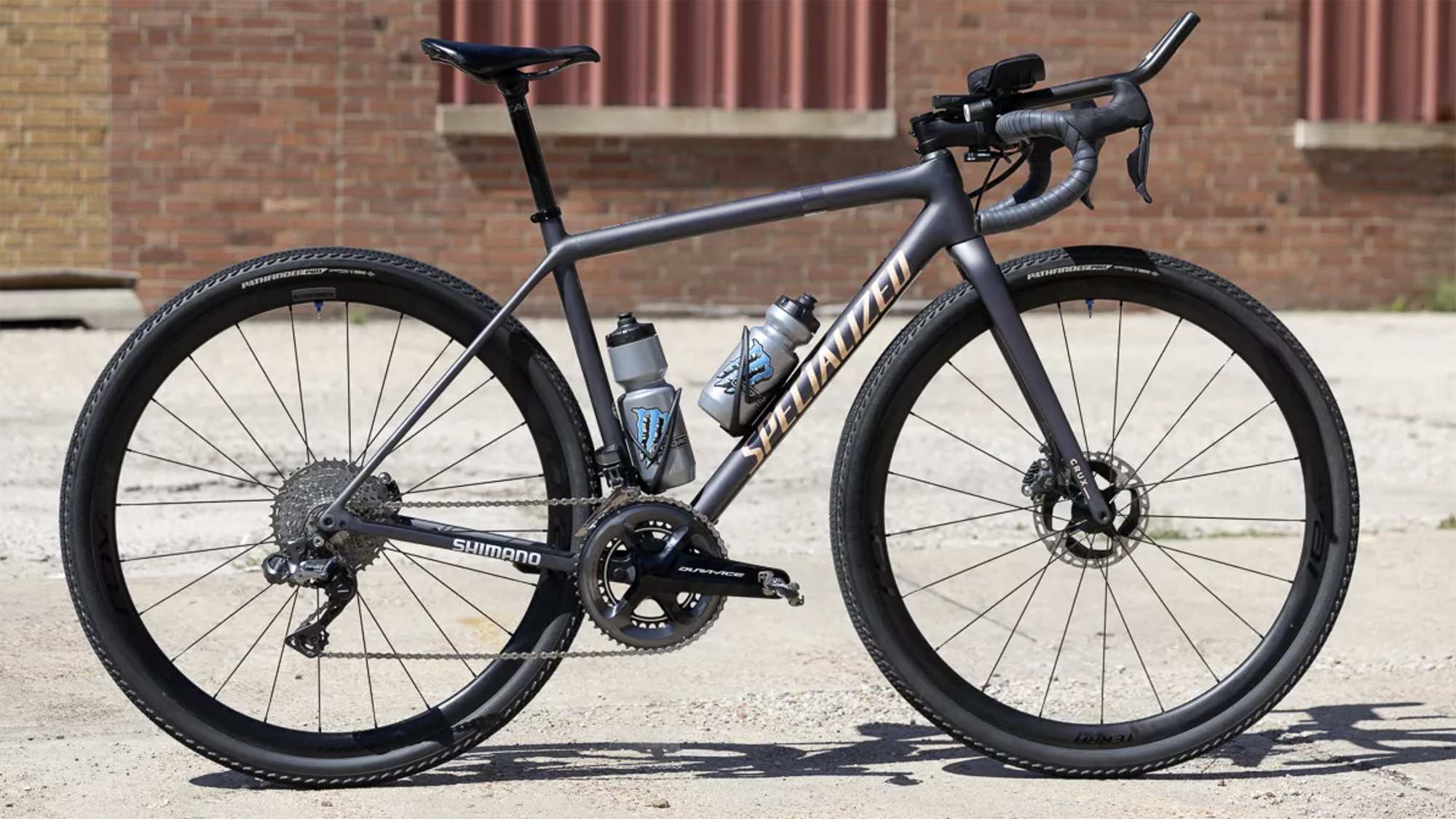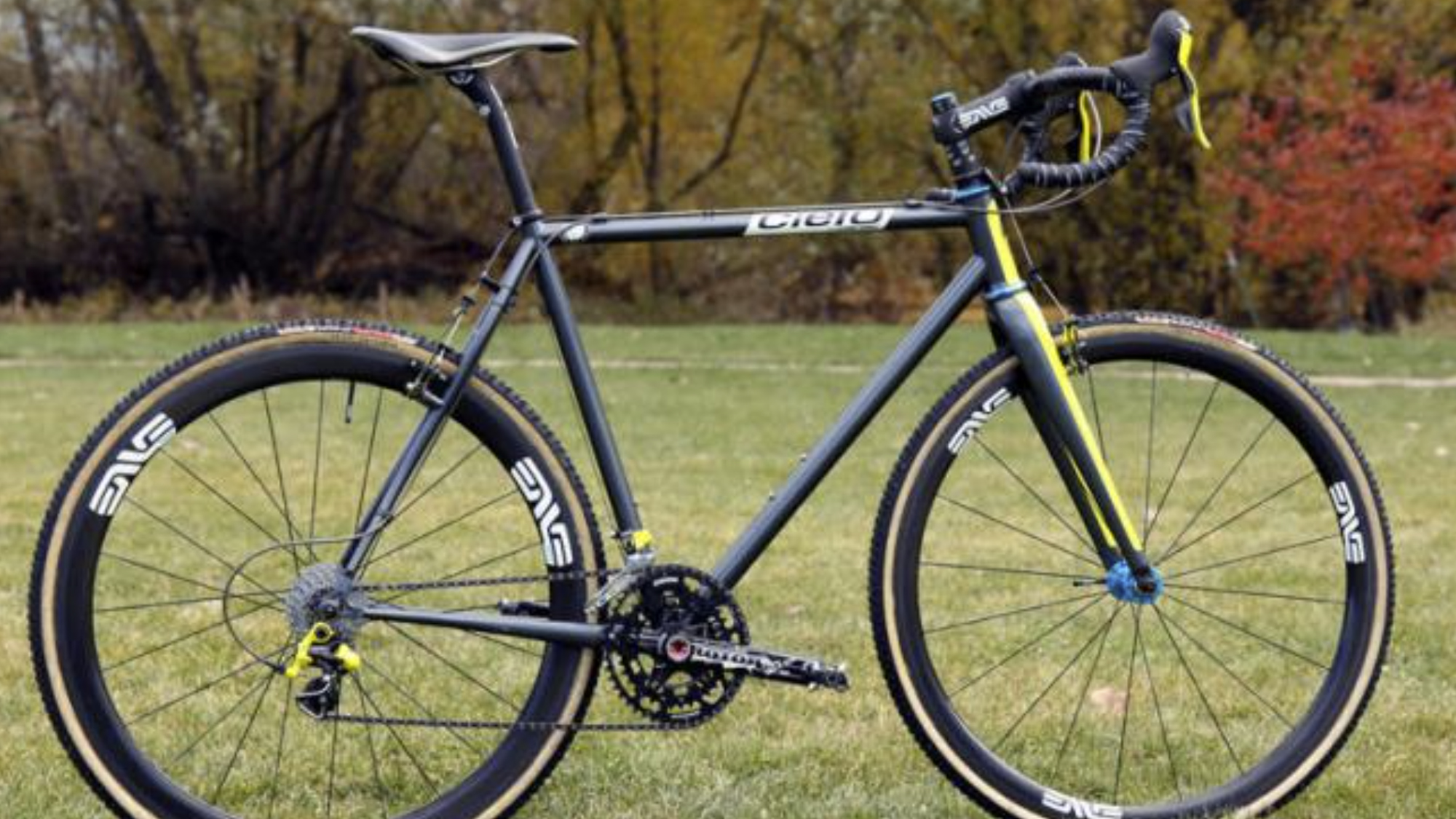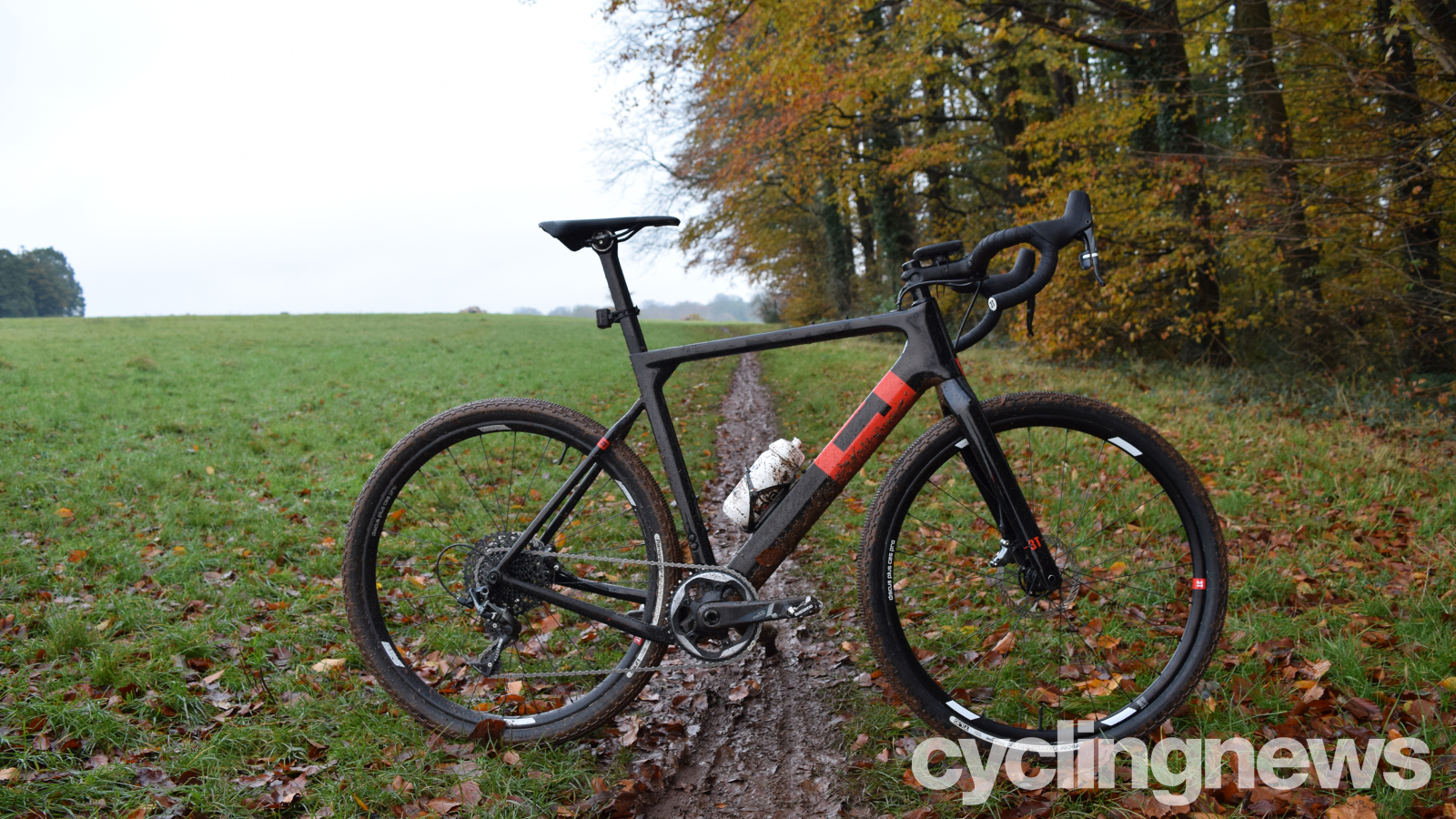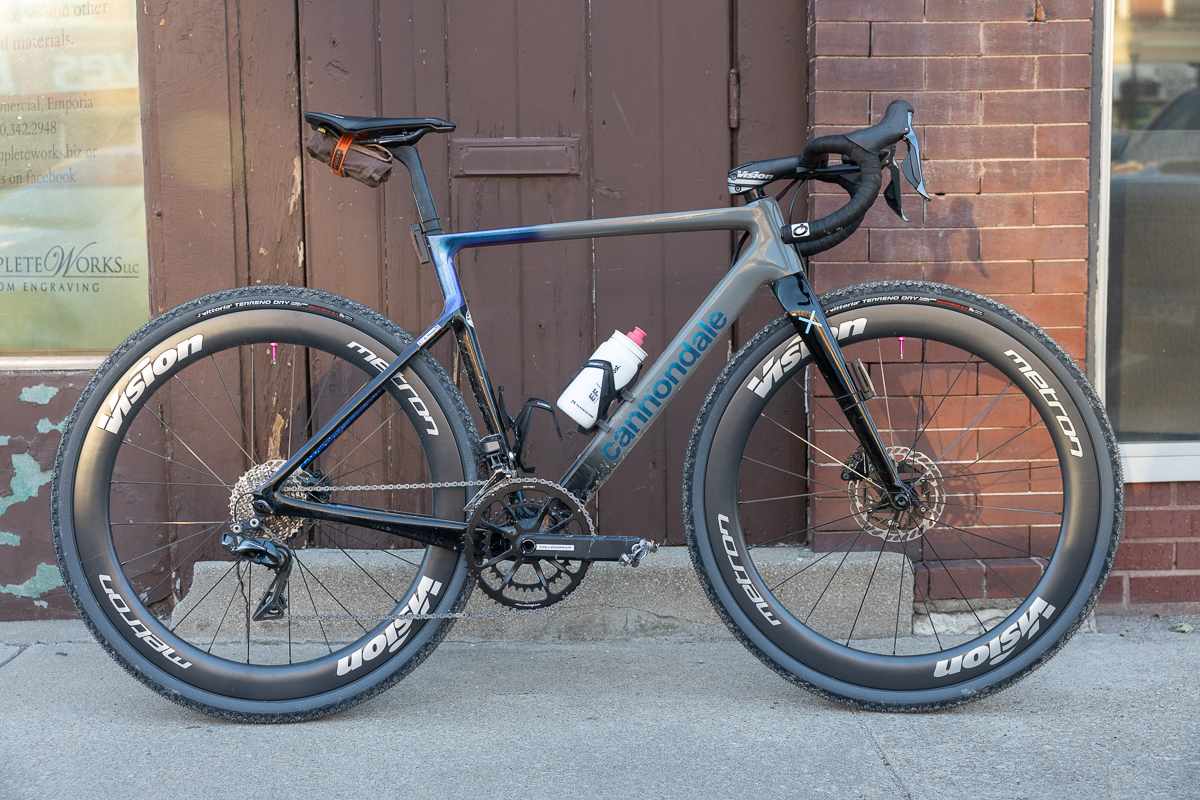
This year's Garmin Unbound Gravel presented by Craft is coming fast, racing in Emporia starting June 2 for the 350-mile event followed by the 200-mile and other categories on June 3. Over the years, this race has turned into the premier gravel race in the US and, perhaps, the world. That means all eyes are on the winners and the bikes that complete the gruelling events, especially the 200-mile race, in the least amount of time.
However, gravel racing is distinctly different from the WorldTour. That might seem obvious but it's about far more than road surfaces. The athletes, both men and women, have to complete the course without support from the vast machinery of team backing. Brand partnerships require far less capital and the relationships are more personal. The gruelling nature of the ever-changing course, and less emphasis on superstar athletes, further helps bike choice to be open and free with less at stake. The result is that fans get to see choices closer to what they have at their local bike shop play out on a world stage.
The definition of what the best gravel bike is shifts fairly quickly beneath the feet of consumers, racers, and manufacturers. There is a constant push and pull between the different groups and as fans, we get to watch it happen in the microcosm that is the Unbound gravel race. The question in play is what trends can we see?

What was the first unbound winning bike?
The first time Unbound ran was 2006. Back then, the race name was different, as was the vibe. There was no expo to peruse and the starting grid only had 34 names. There's no recorded winner in the women's category but Dan Hughes completed the race in 12 hours and 58 minutes. The bike that was under him was both a world away from what this year's winning bike will look like and simultaneously quite recognizable.
Hughes completed that first Unbound race on a custom-designed steel-framed bike. The man responsible for building the bike was Brent Steelman who had been in the business of building frames, of all kinds, since the early '80s in Redwood California. Known for the ability to experiment, that first bike was no doubt an experiment but seemingly one that worked. The one defining characteristic is the battle for space at the rear end which hasn't changed all that much.
Keeping the rear end of a bike short keeps handling snappy and ride quality responsive. Looking at the bike, it's clear that was priority number one. From there, the challenge was squeezing a 40mm tyre in. That seemingly random size is another one of the things that has remained remarkably stable through the years.
With those two competing interests already set, the last consideration was gearing. 1x gearing wasn't yet common and the early bike used a combination of Campagnolo Record shifters with a matching rear derailleur plus a Shimano Dura-Ace crank. To find clearance, and gearing range, without the aid of a wide cassette or a single chainring meant going to the smallest inner chainring possible. Things were still tight.
The rest of the bike is mostly standard fare for a bike of that age. The wheels used were Mavic Ksyrium SL which don't list an internal width but are only 19mm external, 25mm deep, with recommended tyre sizes ranging from 19 to 28mm. Cantilever brakes saw use to clear the big tyres. Geometry is borrowed from cyclocross.

Where things really start to get interesting is in the middle years. It's probably impossible to pin down what the first true consumer gravel bike was but the Salsa Warbird is undoubtedly a contender for the first gravel race bike. The first generation Salsa Warbird hit the market in 2013 and it's one of the first times that a major brand started to think about what it takes to go fast off-road with a drop bar bike. With Shimano GRX still six years in the future, the Warbird v1 used a 2x Shimano road groupset with Avid mechanical disc brakes and clearance for 35mm tyres. A Warbird didn't actually win at Unbound for a while though.
Instead, arguably, Cannondale changed the world of gravel bikes in 2016 with the release of the Slate. If there's any one bike that signifies what time was like in the technology of gravel bikes during these middle years, this is it. If you squint, the Slate is an aluminium-framed road bike with geometry that sits between the endurance-focused Synapse and the race-focused CAAD12. Then things get weird.
The Cannondale Slate owes homage to the Warbird but the two solve the challenges in very different ways. Instead of relying on geometry, Cannondale tried to stay very "road like" with the geometry. Instead, the brand shrunk the wheels to 650b and ballooned the tyre size to create a circumference that matched that of a 700x23c road tyre.
Upfront the fork morphed into a single-sided lefty with short travel.

When the Slate hit the market, reviews at the time didn't get it. Was it a road bike or a gravel bike? Why was the gearing so narrow and the geometry so racey? The answer is that the world was in the gravel experimentation years and the point was further exemplified when Ted King took a modified version of the Slate to the top of the podium in 2016.
The Slate doesn’t signify the time because of radical ideas, instead, it’s an example of the willingness to try different things. Rather than a definitive vision of a gravel bike, there was wild experimentation. The same year that King won on the Slate, Amanda Nauman won on a Niner BSB 9 RDO which is a cyclocross bike. King was running 1x with a 44 tooth chainring and Nauman had 2x with a 50-34. Then in 2017, Mat Stephens took the win on the 3T Exploro aero gravel bike paired with Stan's No Tubes 700c aero wheels while Alison Tetrick notched up another win for the Slate.
Then, just like that, the experimentation was gone. 2018 saw a return to rigid designs and cyclocross bikes. Kaitlin Keough and Ted King both won aboard the Cannondale SuperX with 1x drivetrains. Salsa did notch a win that year, and that bike even had a Lauf Grit leafsprung suspension fork, but it was in the 350XL event rather than in the 200-mile distance where the competition was fiercest.

The current state of Unbound gravel bikes
Gravel cycling, and gravel racing, has firmly entered the mainstream. The registration has increased at Unbound 200 by over 4000% since the first race but it's also gotten more serious. The UCI has a gravel world championship, the Life Time Grand Prix is firmly established, and WorldTour riders are regular attendees of many gravel races but especially Unbound. As the sport has gotten more popular, the racing has gotten more intense.
The 2006 Unbound 200 race took, as already mentioned, 12 hours and 58 minutes. When Ted King won in 2016, that time had dropped to 10 hours and 42 minutes to cover a distance of 206 miles at an average speed of 19.2 mph. In 2022 the distance was 200.2 miles and Ivar Slik finished first with a time of 9 hours and 22 minutes at an average speed of 21.37 mph. The course changes every year so the times aren't directly comparable but the trend is obvious.
Coming along with the higher speeds, we've also seen continued progression of the bike technology. In the early years of gravel racing the trend was to modify cyclocross bikes to make them suitable for ultra-endurance distances. Then things got wild for a while with suspension ideas but those bikes are now essentially marketed as 'adventure gravel' bikes. For gravel race bikes we've come back to slightly-modernised cyclocross bikes as gravel bikes but now the equation has flipped.
Cannondale's dedicated 'cross bike, the SuperX, is gone. The replacement is the Supersix Evo SE and it's a gravel bike. If you want a cyclocross bike then you buy the gravel bike but it comes specced with a 1x drivetrain. Cannondale isn't alone either, the venerable Specialized Crux morphed from a cyclocross bike to a gravel bike in 2021. If you click on the top-spec bike on the Specialized cyclocross product page, the product description begins with "the Crux is the lightest gravel bike in the world..."
There are also a host of dedicated gravel bikes available that don't make any mention of cyclocross. The men's 2022 race winner, Ivar Slik, was onboard the Willier Rave SLR which is as good an example as any. These bikes are trending closer to road bikes but there still tends to be less reach, more stack, a slightly slacker front end, and big tyres. When set up for racing, riders like Slik tend to run road groupsets that have grown to have as much range as earlier off-road options. 1x is also trending towards the adventure crowd where you can still find suspension.







